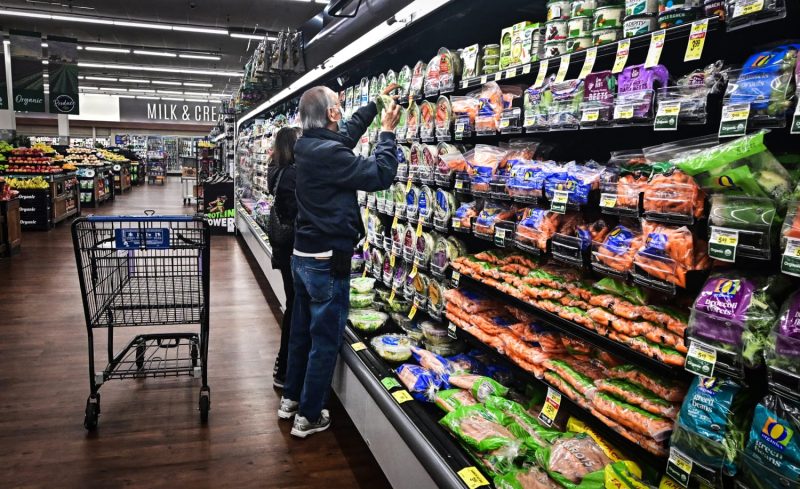Groceries have always been a household staple, but in recent years, consumers have been feeling the pinch as prices continue to rise. The surge in grocery prices can be attributed to several factors, including supply chain disruptions, inflation, and increased production costs. As a result, consumers may start to see relief in various ways as the industry adjusts to these challenges.
Supply chain disruptions have played a significant role in driving up grocery prices. The pandemic has exposed vulnerabilities in the global supply chain, leading to delays and shortages in various products. With travel restrictions and factory shutdowns, the flow of goods has been disrupted, causing a ripple effect on pricing. Retailers have had to absorb higher transportation costs, impacting the final price tag on groceries.
Inflation is another key driver behind the rising cost of groceries. As the economy experiences inflationary pressures, the purchasing power of consumers diminishes, making everyday goods more expensive. Producers and retailers are forced to pass on these increased costs to consumers, further exacerbating the issue. Inflation affects not only food prices but also input costs such as energy, labor, and packaging, all of which contribute to the final price of groceries.
Additionally, increased production costs have also played a role in the escalating prices of groceries. Climate change, fluctuating commodity prices, and rising labor costs have put pressure on farmers and food manufacturers. For example, extreme weather events can devastate crops, leading to lower yields and higher prices. Farmers also face challenges such as water scarcity and pest infestations, further driving up production costs. These factors trickle down the supply chain, ultimately impacting the end consumer.
Despite these challenges, consumers may start to see relief in various ways. One way is through increased competition among retailers. As consumers become more price-sensitive, retailers are compelled to offer competitive pricing to attract customers. This competition can lead to discounts, promotions, and special offers that help alleviate the burden on consumers. Additionally, advancements in technology and logistics are helping to streamline the supply chain, reducing costs and improving efficiency.
Moreover, consumers can take proactive steps to mitigate the impact of rising grocery prices. By adopting strategies such as meal planning, buying in bulk, and shopping for seasonal produce, consumers can stretch their food budget and make more cost-effective choices. Embracing plant-based alternatives, reducing food waste, and supporting local producers are other ways consumers can make a positive impact on their grocery bill.
In conclusion, the surge in grocery prices can be attributed to a confluence of factors, including supply chain disruptions, inflation, and increased production costs. However, consumers may start to see relief as the industry adapts to these challenges. By understanding the underlying factors driving up prices and adopting smart shopping practices, consumers can navigate the current landscape and make informed decisions about their grocery purchases.

